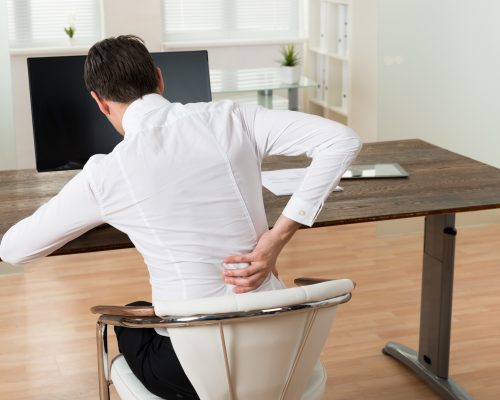DBS stands for Dormant Butt Syndrome, a condition that’s growing in our nation over the last few years. And while one may assume that it’s simply a pain in the butt, it’s much more than that! DBS is a direct result of an individual’s gluteus – or butt muscle – not working efficiently, which then causes aches and pain in the knee, back, and hip areas.
When these gluteus muscles are weak, they aren’t able to sustain the shock and impact that they should. As a consequence – and to make up for the inefficiency – the knee, back, and hip are then put to the task of accepting additional stress. This added stress can and often does generate pain for many.
While it can be assumed that DBS stems from being sedentary, a number of athletes and student-athletes have to deal with DBS! Especially in track competitors, where running and jumping are the focal point, the gluteus will weaken over time if not properly conditioned and strengthened. Any imbalance in the glutes of these athletes can lead to not only DBS, but hip flexor tightness as well!
You can treat DBS with movement and exercise! Amherst Physical Therapy can treat you with tactics that will work to stretch the hip flexor as well as strengthen the glutes. Outside of PT care, you can work to make it a habit to not sit for long periods of time – periodically get up and walk around to combat DBS!
References:
‘Dormant Butt Syndrome – The Newest Threat to Humanity’. Daily Press; Woods, Shannon. http://www.dailypress.com/brandpublishing/healthy-body-healthy-mind/dp-bp-osc-butt-syndrome-story-110116-story.html.
‘Aches and Pain? You Could Have Dormant Butt Syndrome’. CBS News. http://www.cbsnews.com/news/dormant-butt-syndrome-a-cause-of-common-aches-and-pains/.


